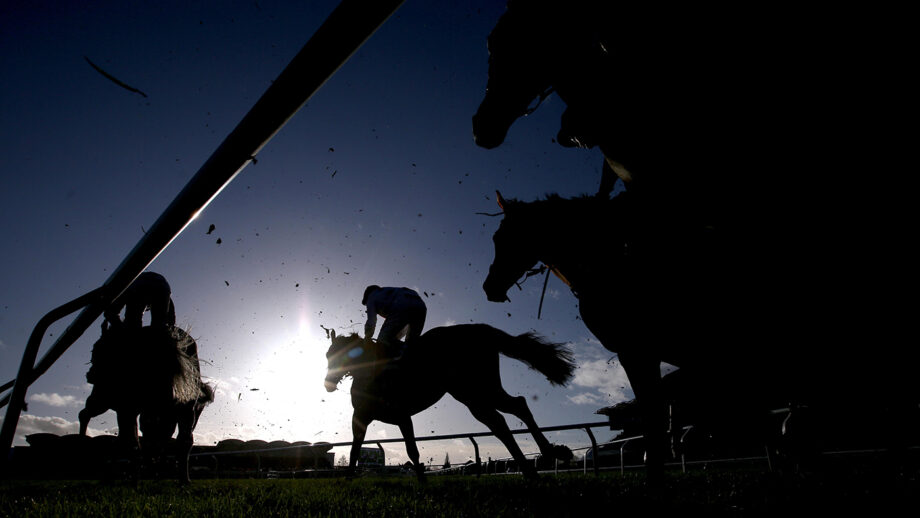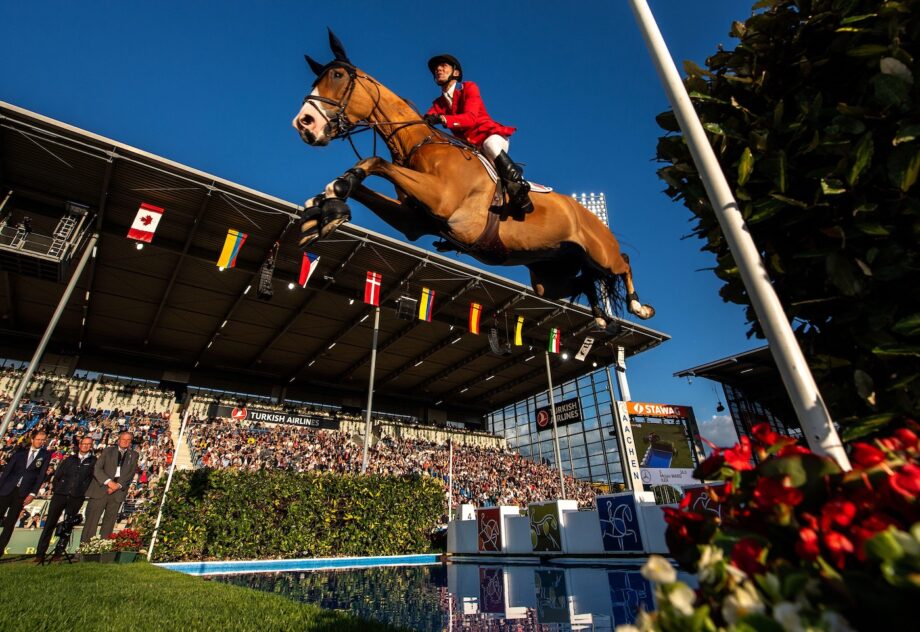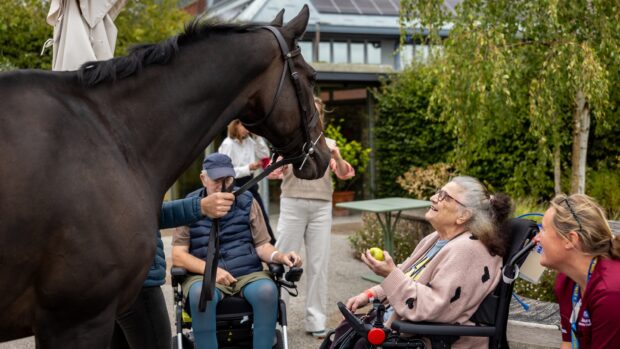How do people perceive risk in racing and how should those risks be managed? It’s a question the sport has been grappling with for years.
New research published in the Equine Veterinary Journal has taken an in-depth look at how people connected to the racing industry perceive and manage risks to horses on racedays.
Veterinary student Jessie McCarthy chose to speak to professionals from three groups whose views have not been studied. These are vets, media and those making decisions about the sport (governance officials).
She interviewed four from each group, an even split of men and women. Seven were mainly involved in racing in the UK, five in Irish racing. Most had an equestrian or rural background, and the participants each had between six and 30-plus years of industry experience.
Three main themes emerged: managing risk, or managing the message?, the balance between tradition and progress on reducing risk and attributing responsibility and the public disconnect.
Overall, the study found that stakeholders framed risk in ways shaped by public expectations, culture, tradition and lived experience. It added that there is shared concern for equine welfare and a desire for improved safety measures in conjunction with management of public perceptions.
Some of the interesting lines in the discussion included the finding that “tension between progress and industry preservation was found across stakeholder accounts”.
“Participants were caught between a desire to improve safety and move with the times, while acknowledging the sport’s cultural heritage with a tendency towards inertia,” stated the research.
It also noted that when discussing perception in relation to risk, participants “emphasised low fatality rates and risk management practices, asserting that the industry should be ‘proud of low fatality rates’.
“These participants felt the public fails to comprehend that risk is a part of life and that statistical data on fatalities are often inaccessible or misinterpreted by lay audiences. What outsiders see as a problem of reality is merely a problem of public perception for these stakeholders,” it stated.
Vets and female participants were also found to perceive risks more acutely.
The study concluded that participants framed risk in varying ways, often centring on managing public narratives and reflecting on internal practices.
“Stakeholders recognised a slow pace of change and echo-chamber dynamics in a fragmented approach to safety,” it said. “While public opinion plays a powerful role in shaping racing’s future, the responsibility and resources to action change lie with key stakeholders.
“To move forward, the industry must address internal divisions, identify shared goals and engage with science to safeguard equine welfare and maintain public support.”
Ms McCarthy, who won the Universities Federation of Animal Welfare prize for her dissertation that was developed into this paper, told H&H she initially wanted to speak to more groups for the study, but chose to keep it focused.
“The amount of information we got from interviewing 12 people was immense,” she said.
“There’s a real wealth of knowledge, of experience, that we kind of tapped into. And I think there’s a lot more to hear.”
Ms McCarthy’s supervisor, co-author Euan Bennet, told H&H that on seeing the results Ms McCarthy was getting, he saw the potential for this in-depth research template to be applied in other racing jurisdictions.
“It would be fascinating to make those international comparisons. I feel there’s a template here that we could broaden internationally, and also in terms of depth of different participants and stakeholders,” said Dr Bennet.
“I think there’s room also for [this style of] research on opinions of stakeholders who are not inside the industry, but are keenly interested in it.”
A British Horseracing Authority (BHA) spokesperson told H&H British racing “takes its horse welfare responsibility incredibly seriously”.
“Since 2000, more than £60m has been invested to advance veterinary science, research and education, and this work benefits all breeds of horses,” said the spokesperson.
“In order to continuously improve horse safety and welfare, in 2019 British racing established the independently-chaired Horse Welfare Board to oversee equine welfare in the industry.
“Together with the Horse Welfare Board and the Royal Veterinary College, the BHA has developed a powerful data-led risk tool which has been designed to increase understanding of risk factors for fatalities and long-term injuries on British racecourses. The model uses data spanning 14 years to identify risk-related patterns and to spotlight significant risk factors for horses through multi-variable analysis and a highly-scientific and rigorous process.
“The findings are then analysed and assessed by British racing’s Equine Safety Group, which consists of a panel of experts from across British racing.
“The Racing Risk Model is one of several examples that could be used to demonstrate the collaborative and unwavering approach that British racing takes to equine welfare. That collaboration also extends internationally, as British racing plays a leading role in working with other racing jurisdictions to harmonise standards and establish best practice.
“Last year, the BHA along with Great British Racing launched HorsePWR, which is an industry-led initiative designed to reinforce confidence in the sport’s high welfare standards. Anyone who would like to learn more about racing’s equine welfare record and the work being undertaken to ensure we remain a global leader in this area is encouraged to visit www.horsepwr.co.uk.”
- To stay up to date with all the breaking news from major shows throughout 2025, subscribe to the Horse & Hound website
You may also be interested in:

‘We’re delighted to bring loyal readers this benefit’: H&H magazine subscribers get free website access

‘Thousands of jobs are at stake’: British racing to strike over ‘catastrophic’ tax proposals

‘Hurry up if you want to be part of it’: some sessions sold out, a year before spectacular Aachen World Championships




